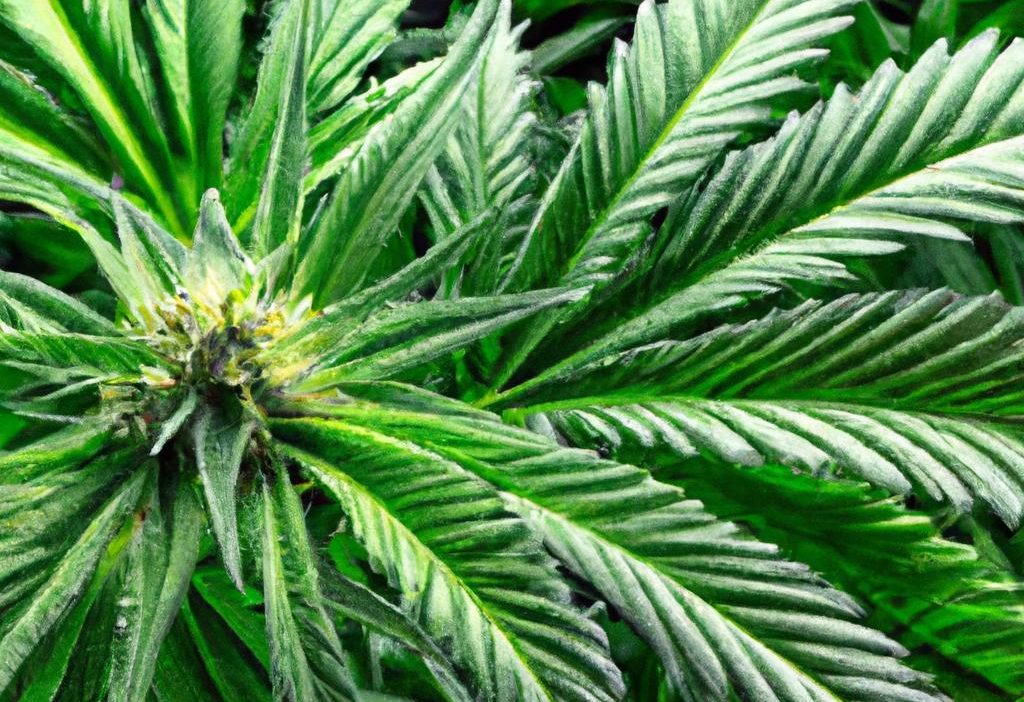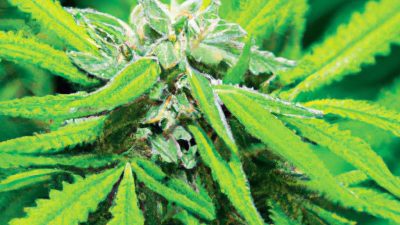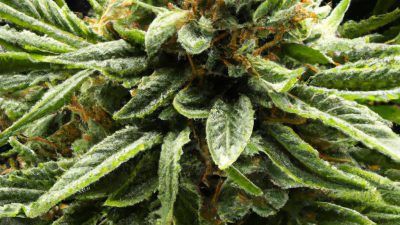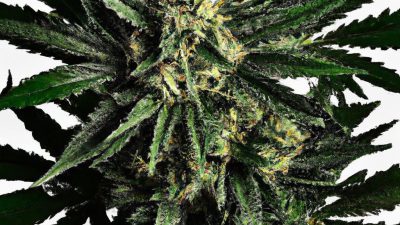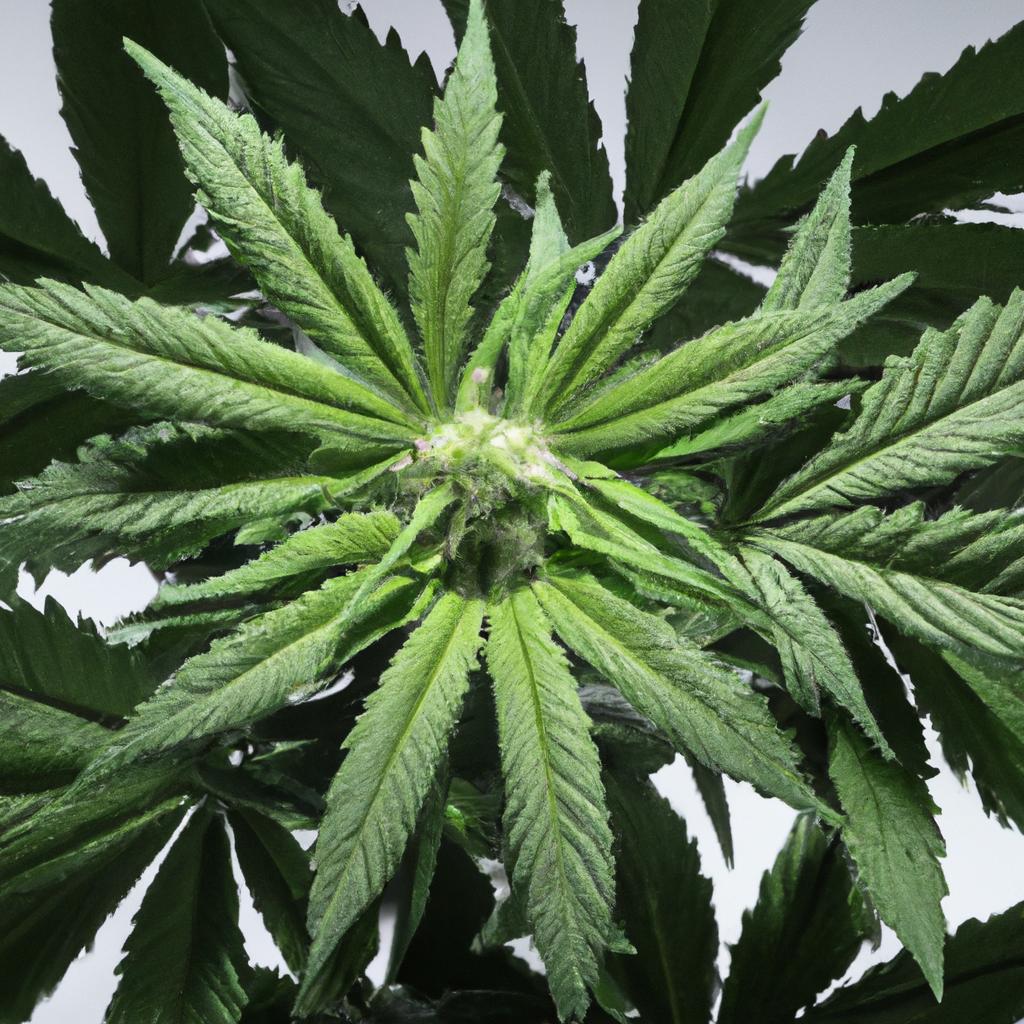
Which Extraction Method Delivers the Best Terpene profile?
When it comes to cannabis science and technology, extraction methods play a pivotal role in determining the quality, flavor, aroma, and therapeutic effects of cannabis products. Terpenes – the aromatic compounds responsible for the distinct smell and taste of cannabis – are incredibly sensitive but crucial in delivering the full entourage effect along with cannabinoids like THC and CBD.
in this article, we’ll dive deep into the science of terpene preservation, compare the most popular cannabis extraction methods, and explain which technique best retains the rich terpene profile. Understanding this will empower cannabis processors, brands, and consumers to choose the best products and methods that maximize terpene content and overall quality.
Understanding Terpenes and Their Importance in Cannabis
Terpenes are organic compounds found in many plants,but especially abundant in cannabis,where they contribute more than just aroma:
- Flavor and Aroma: Terpenes create the unique scent and taste of different cannabis strains,from citrusy limonene to piney pinene.
- Therapeutic Effects: Many terpenes have anti-inflammatory,anti-anxiety,and pain-relieving properties.
- Entourage Effect: Synergistically work with cannabinoids to enhance overall cannabis effects.
What Challenges Exist in Terpene Extraction?
Terpenes are volatile and fragile, prone to degradation by heat, oxygen, and solvents. Therefore, the choice of extraction method directly impacts terpene retention.Key challenges include:
- Heat Sensitivity: High temperatures used in some extraction methods can evaporate or alter terpene profiles.
- Solvent Interaction: Certain solvents may strip away or fail to capture the full spectrum of terpenes.
- Post-Processing: Processes like winterization and purging can also remove or degrade terpenes.
Popular Cannabis Extraction Methods and Their Impact on Terpenes
In the cannabis industry,extraction technology has advanced significantly. Below, we compare the main methods based on terpene preservation:
| Extraction Method | Terpene Preservation | Key Pros | Key Cons |
|---|---|---|---|
| Cold Ethanol Extraction | Moderate | Efficient and scalable | Some terpene loss with heat impurities removal |
| CO2 Supercritical extraction | Good to Excellent | Precise control of temperature and pressure | Costly equipment; requires expertise |
| Hydrocarbon Extraction (Butane/Propane) | Excellent | Preserves full terpene profile; flavorful concentrates | Flammable solvents require safety precautions |
| Rosin Press (Solventless Heat & Pressure) | Good | Solvent free; preserves natural terpenes | Lower yield; heat can impact some terpenes |
| Steam Distillation | Poor to Moderate | Widely used for isolated terpenes | High heat degrades delicate terpenes |
CO2 Extraction: Balancing Precision and Preservation
Supercritical CO2 extraction uses carbon dioxide at high pressure and moderate temperature, allowing selective separation of cannabinoids and terpenes. Its tunable parameters enable operators to optimize terpene retention better than many other methods.
Additionally, subcritical CO2 extraction at lower pressures offers gentle extraction ideal for delicate terpenes, although often with lower throughput and yield.
Hydrocarbon Extraction: The Terpene champion
Hydrocarbon extraction (typically using butane and propane) has long been celebrated for preserving the most aromatic, flavorful, and full-spectrum terpene profiles. The relatively low boiling points of these solvents help maintain terpenes that may or else be lost in heat-heavy processing.
Due to modern closed-loop systems and advanced purging techniques, hydrocarbon extraction yields high-quality concentrates like shatter and live resin that preserve live-plant terpene profiles exceptionally well.
Solventless Rosin Press: A Natural Alternative
Pressing cannabis flower or hash between heated plates extracts cannabinoids and terpenes without solvents. This method respects natural chemistry but requires careful temperature control to avoid terpene evaporation.
Rosin appeals to those seeking chemical-free concentrates with a retained, albeit sometimes diminished, terpene profile.
Practical tips for Maximizing Terpene Retention in Extraction
- Start with Fresh or Fresh-Frozen Material: Terpenes degrade over time. Using fresh frozen cannabis can lock in terpene profiles for extraction.
- Control Temperature: Lower temperatures generally preserve terpenes better across all extraction types.
- Minimize Oxygen Exposure: Oxidation can degrade terpene compounds, so inert gas purging or vacuum techniques help maintain quality.
- Choose Appropriate Post-Processing: Avoid unneeded heat or filtration that strips terpenes after extraction.
- Experiment with Solvent Ratios: Special blends (e.g., butane/propane ratios) can influence terpene solubility and capture.
Case Study: Live Resin vs. Winterized Concentrates
Live resin is a product extracted from fresh-frozen cannabis, typically using hydrocarbon methods.It offers a terpene content 2-3x higher than winterized concentrates that undergo ethanol extraction and cold filtration.
This case study highlights how extraction method and starting material quality drastically influence the terpene footprint of a final cannabis product.
Conclusion: Which Extraction Method Delivers the Best Terpene Profile?
Based on current cannabis science and processing technology, hydrocarbon extraction (butane/propane) stands out as the method that consistently delivers the richest, most complete terpene profiles in cannabis concentrates, especially when combined with fresh-frozen starting material and careful purging.
Having mentioned that, supercritical CO2 extraction offers an excellent tunable alternative prized for its purity and ability to target terpene-rich fractions, notably in large-scale operations prioritizing precision and consistency.
Simultaneously occurring, solventless methods like rosin extraction provide natural terpene preservation without chemical solvents but with certain trade-offs in yield and terpene diversity.
Ultimately, the “best” method depends on the desired product, scale, and priorities such as purity or terpene intensity. Understanding the impact of each extraction technique on terpene retention empowers industry professionals and consumers to make informed decisions that celebrate the full sensory and therapeutic potential of cannabis.
Explore more on Cannabis Extraction Technology
Be sure to check out our other articles about cannabis processing equipment, cannabis science breakthroughs, and post-processing techniques to stay ahead in the ever-evolving cannabis industry.


